Delft, the Home of Microbiology
An exhibition at Van Leeuwenhoek’s resting place.
2017 is the 175th anniversary of the founding of the Polytechnic School that eventually became Delft University of Technology. The University is celebrating with a 175 day Lustrum, much of which will focus on the Life Sciences. It is also 100 years since Van Iterson founded the Delft Botanic Garden on the land behind his laboratory.
We are beginning the celebrations with a look at the history of microbiology and the biosciences in Delft, from the 17th to the 21st centuries. The exhibition will run until 26 February, 2017.
This will take the form of an exhibition in the area around Antoni van Leeuwenhoek’s grave in the Oude Kirk.
- Delft's Old Church
- AJ Kluyver at the grave of Antoni van Leeuwenhoek
The text on the poster boards is in Dutch, but there are also English language handouts. It includes 20th century teaching microscopes, a cross section of an electron microscope and 3-D scanned replicates of a Van Leeuwenhoek microscope and the Delft telescope.
The exhibition offers a taster of the achievements of Delft microbiologists and introduces some of the people who helped and supported them. For example, we might never have heard of Antoni van Leeuwenhoek and his little animals without Reinier de Graaf, the doctor who introduced van Leeuwenhoek to the Royal Society of London, publishers of much of his work. Jacques van Marken not only brought Beijerinck to Delft to establish his industrial microbiology laboratory, he was also one of the people instrumental in creating the Department of Microbiology and Professor’s Chair for Beijerinck at what was then the Delft Polytechnic.
- Reinier de Graaf
Medicinae Doctor
- Jan and Agneta van Marken
Many others have provided help, support and encouragement, but the silent contributor to the history of microbiology is the City of Delft itself. Many very well-studied microorganisms were found for the first time in samples from Delft’s canals, soil and from industrial sources, even now.
- Th old city gate
- Wastewater bioreactors
Over 300 years ago, before Van Leeuwenhoek found his little animals, the city was already a hotspot in scientific research-for example Stevin and de Groot dropped different lead balls off the tower of the New Church and proved that they hit the ground at the same time 3 years before Galileo did the same experiment from the tower of Pisa!


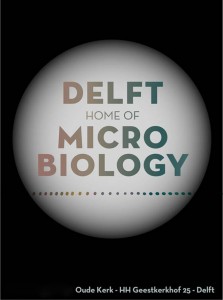

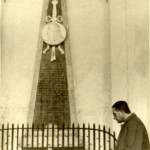
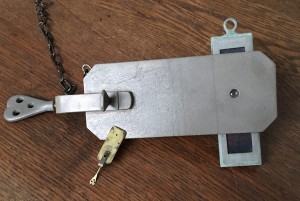

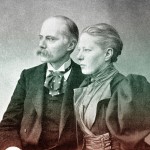

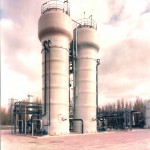
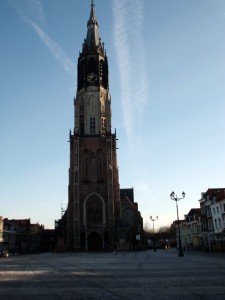



2 comments
I see that I also have an email from you, so I’ll reply properly there. However, there is very little of AvL’s actual Delft left in the condition he knew it. Even the canal outside the site of the house he spent most of his life in is a lot cleaner than it was back then!
Dear Lesley,
Thank you for this amazing resource. I’d love the chance to talk to you in person. We have been working to sample and study the life in homes around the world for the last decade or so, inspired in no small part by Leeuwenhoek. We’d love to talk about an endeavor to study and sample Delft and, particularly, those places most likely to have been considered by Leeuwenhoek.
Best wishes,
Rob